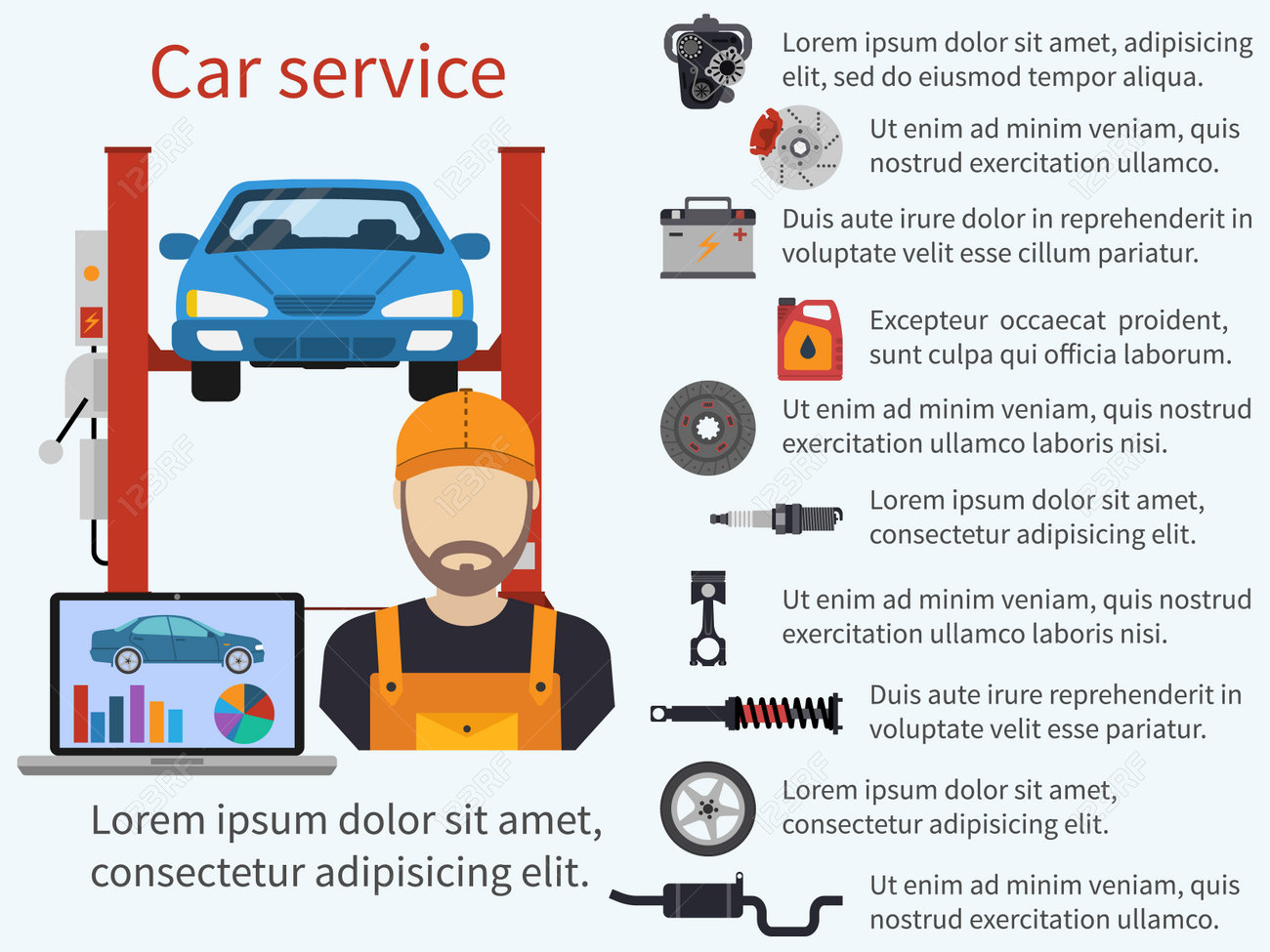Deciphering Your Car'S Caution Indicators: What They Truly Indicate
Deciphering Your Car'S Caution Indicators: What They Truly Indicate
Blog Article
Team Author-Lim Forbes
When you're behind the wheel, those beautiful warning lights on your dashboard can be a little bit complicated. Do you recognize what they're attempting to inform you about your vehicle's wellness? Recognizing the relevance of these lights is vital for your safety and the durability of your vehicle. So, the following time among those lights appears, wouldn't you intend to understand its message properly and take the needed steps to address it?
Common Warning Lights and Interpretations
Identify common warning lights in your automobile and recognize their significances to make sure secure driving.
The most normal warning lights consist of the check engine light, which signals issues with the engine or discharges system. If self service car wash begins, it's crucial to have your car checked immediately.
The oil pressure warning light suggests reduced oil stress, calling for instant focus to stop engine damage.
A blinking battery light could suggest a defective billing system, possibly leaving you stranded if not attended to.
The tire stress tracking system (TPMS) light signals you to reduced tire pressure, impacting car security and fuel performance. Ignoring this can result in hazardous driving problems.
The ABS light suggests a trouble with the anti-lock stopping system, jeopardizing your capacity to quit promptly in emergencies.
Last but not least, the coolant temperature advising light warns of engine getting too hot, which can result in extreme damages otherwise fixed promptly.
Comprehending these typical warning lights will assist you resolve problems quickly and preserve secure driving conditions.
Relevance of Prompt Focus
Understanding the typical warning lights in your car is only the initial step; the importance of quickly addressing these cautions can not be emphasized enough to guarantee your safety on the road.
When a warning light brightens on your dashboard, it's your vehicle's way of interacting a possible problem that needs focus. Ignoring these cautions can result in more severe problems in the future, jeopardizing your safety and security and potentially costing you more out of commission.
Trigger attention to alerting lights can stop breakdowns and accidents. As https://brakelinefittings84051.blog-a-story.com/10089301/intrigued-by-the-globe-of-automobile-describing-supplies-reveal-essential-devices-and-skilled-tips-for-newbies-to-level-up-their-outlining-video-game , a blinking check engine light might show a misfire that, if left unattended, might create damages to the catalytic converter. Resolving this quickly can save you from an expensive repair service.
Similarly, a brake system advising light could signify reduced brake liquid or used brake pads, crucial parts for your safety and security when driving.
DIY Troubleshooting Tips
If you notice a warning light on your control panel, there are a couple of DIY fixing suggestions you can attempt before seeking expert assistance.
The very first step is to consult your car's guidebook to understand what the specific caution light suggests. Sometimes the problem can be as basic as a loosened gas cap causing the check engine light. Tightening the gas cap may deal with the problem.
Another typical problem is a reduced battery, which can set off various alerting lights. Inspecting the battery links for rust and ensuring they're safe and secure may deal with the problem.
If a caution light continues, you can try resetting it by detaching the cars and truck's battery for a few minutes and then reconnecting it. Additionally, checking your vehicle's fluid levels, such as oil, coolant, and brake fluid, can assist fix advising lights related to these systems.
Final thought
In conclusion, recognizing your cars and truck's warning lights is crucial for keeping your automobile running efficiently and securely. By promptly dealing with these alerts and knowing what they mean, you can stay clear of pricey repairs and prospective breakdowns.
Keep in mind to consult your vehicle's manual for specific details on each alerting light and take action as necessary to guarantee a hassle-free driving experience.
Stay notified, stay risk-free on the road!
